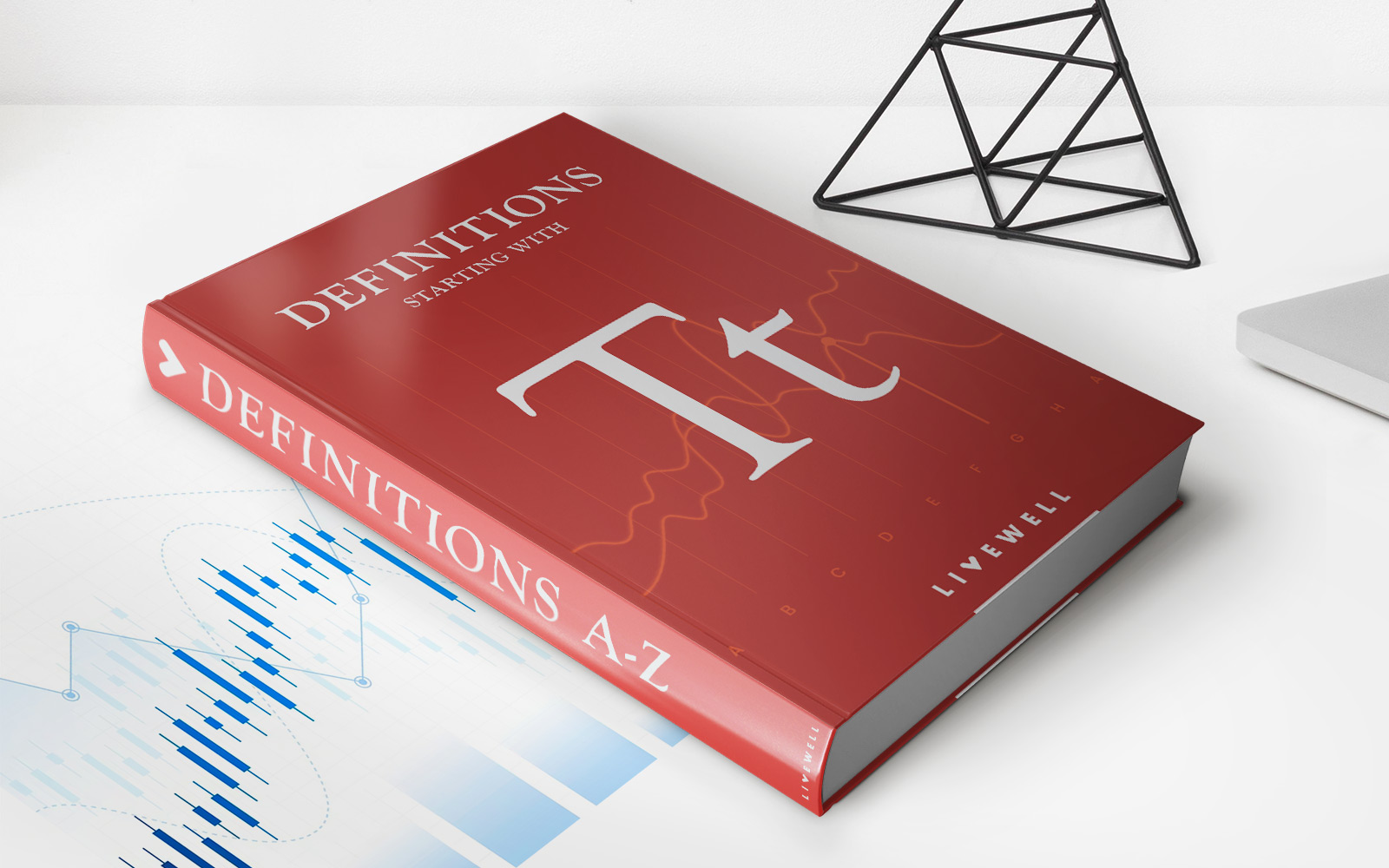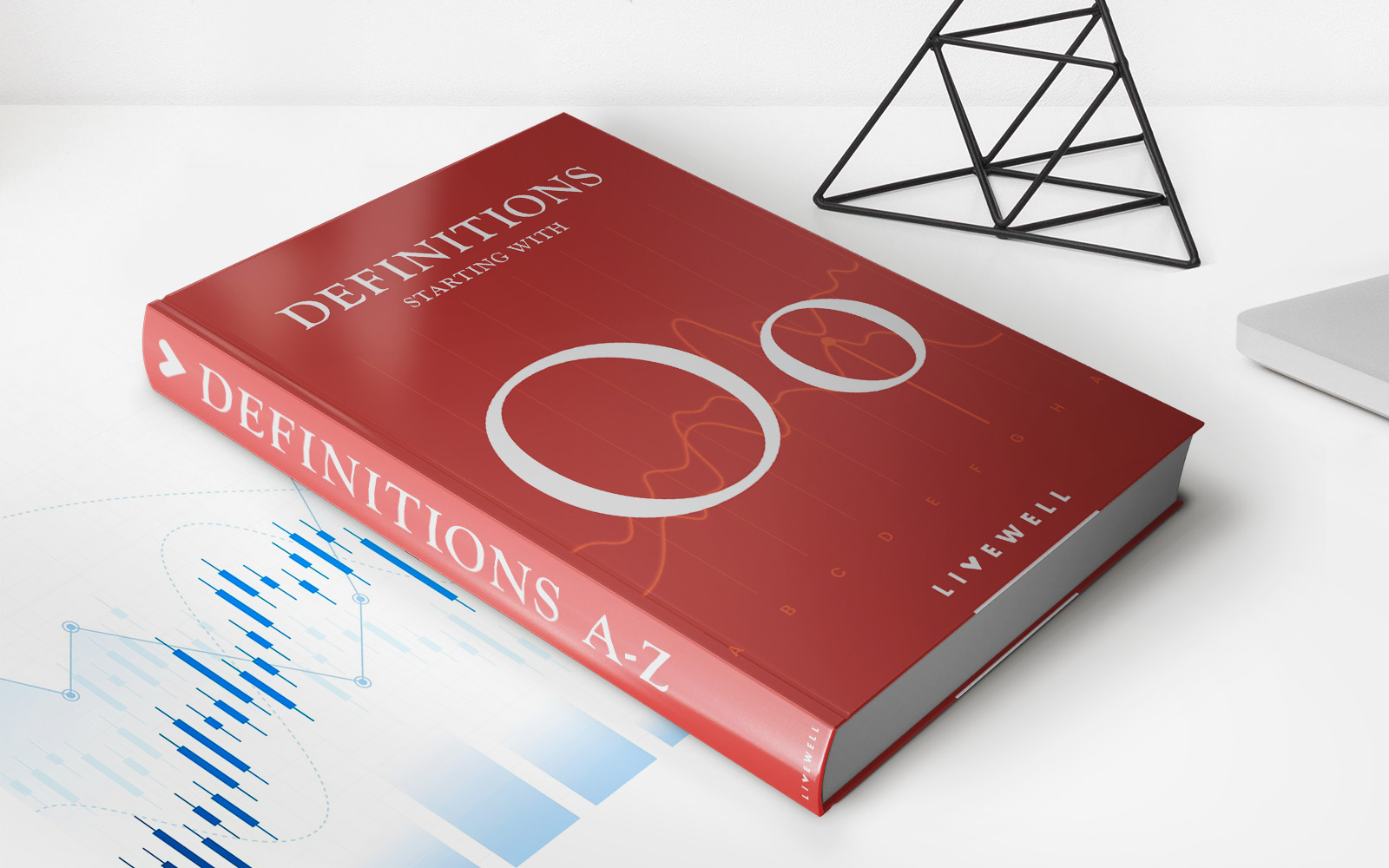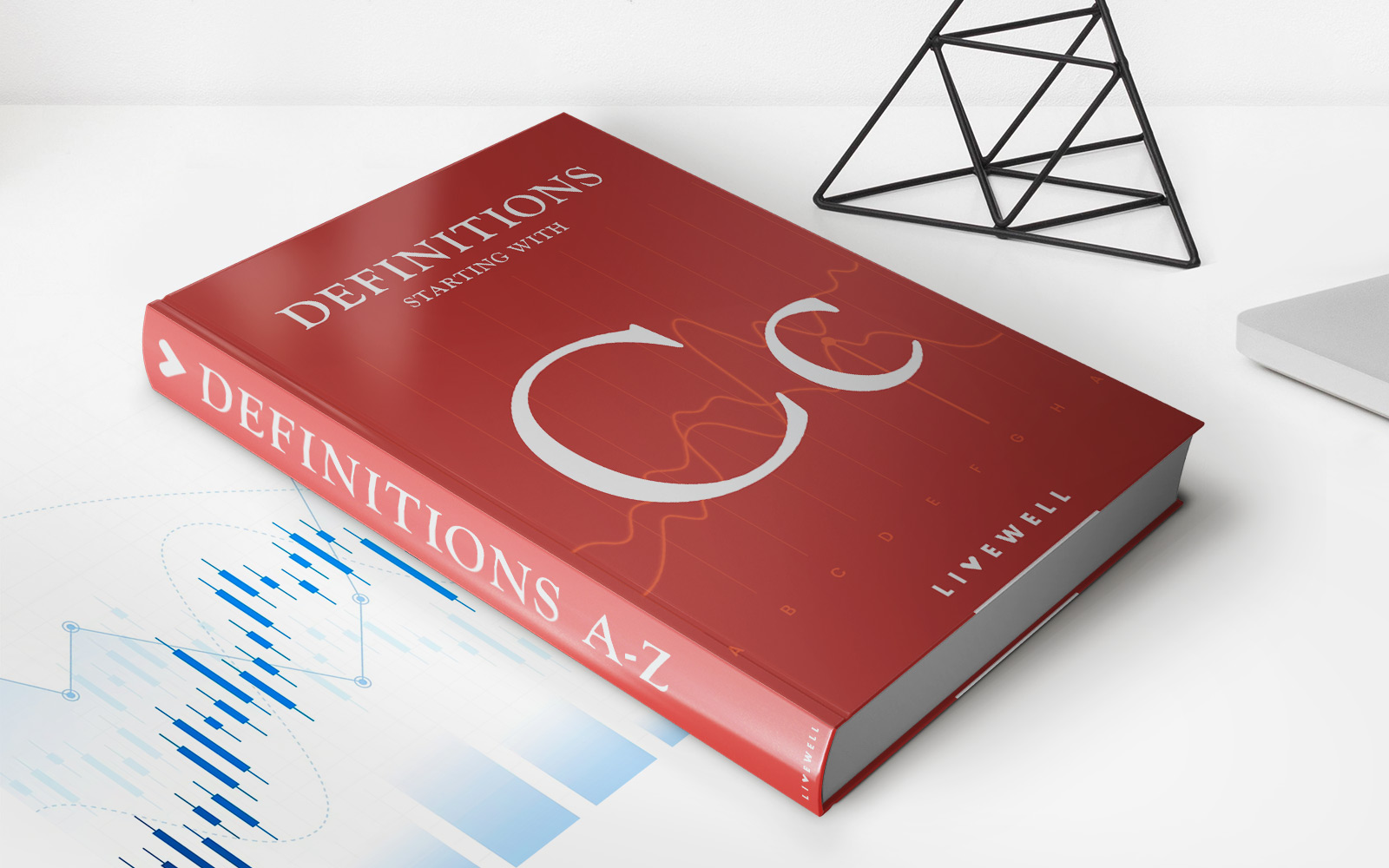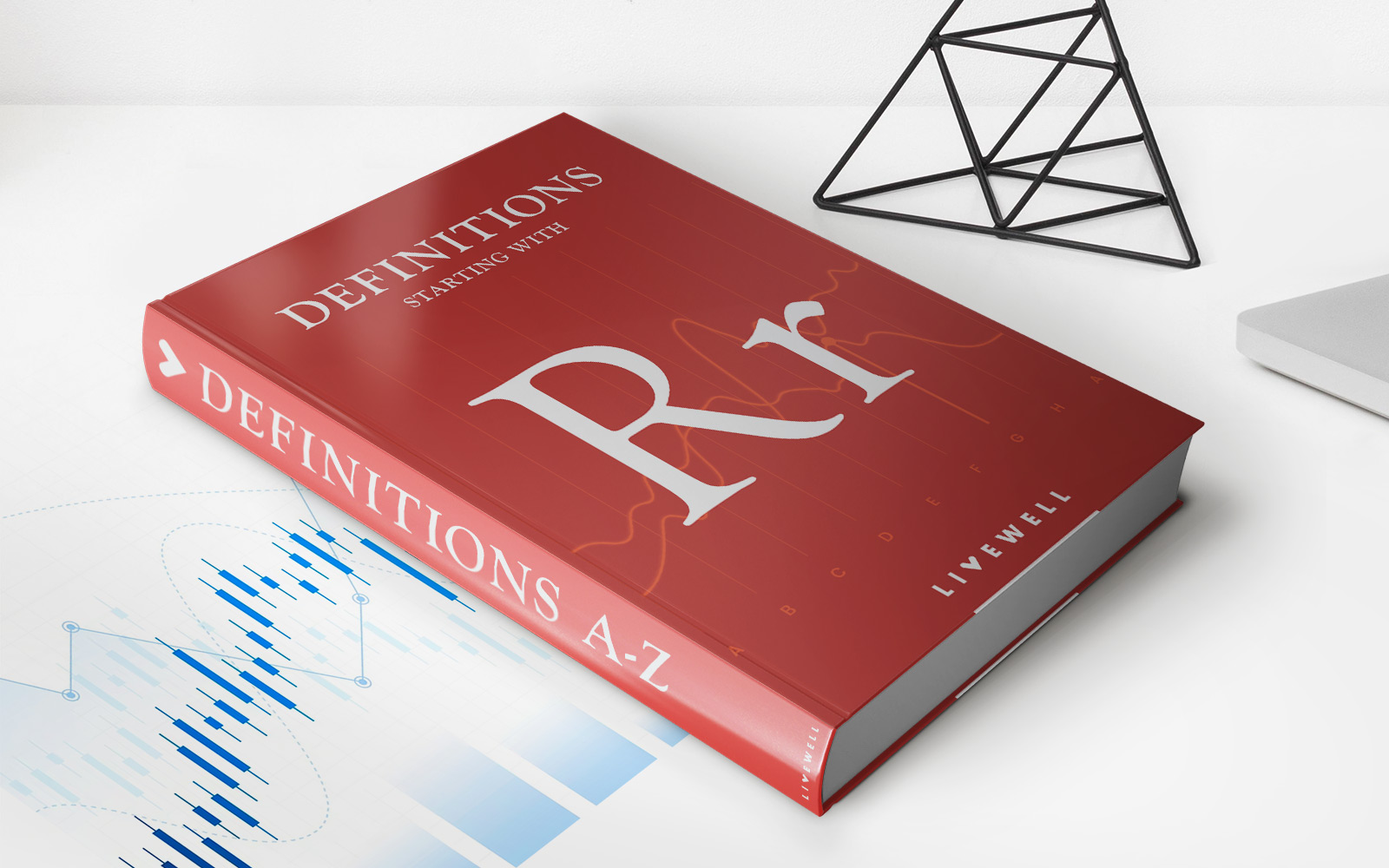Home>Finance>Dividend Drag: Definition, Causes, And Examples
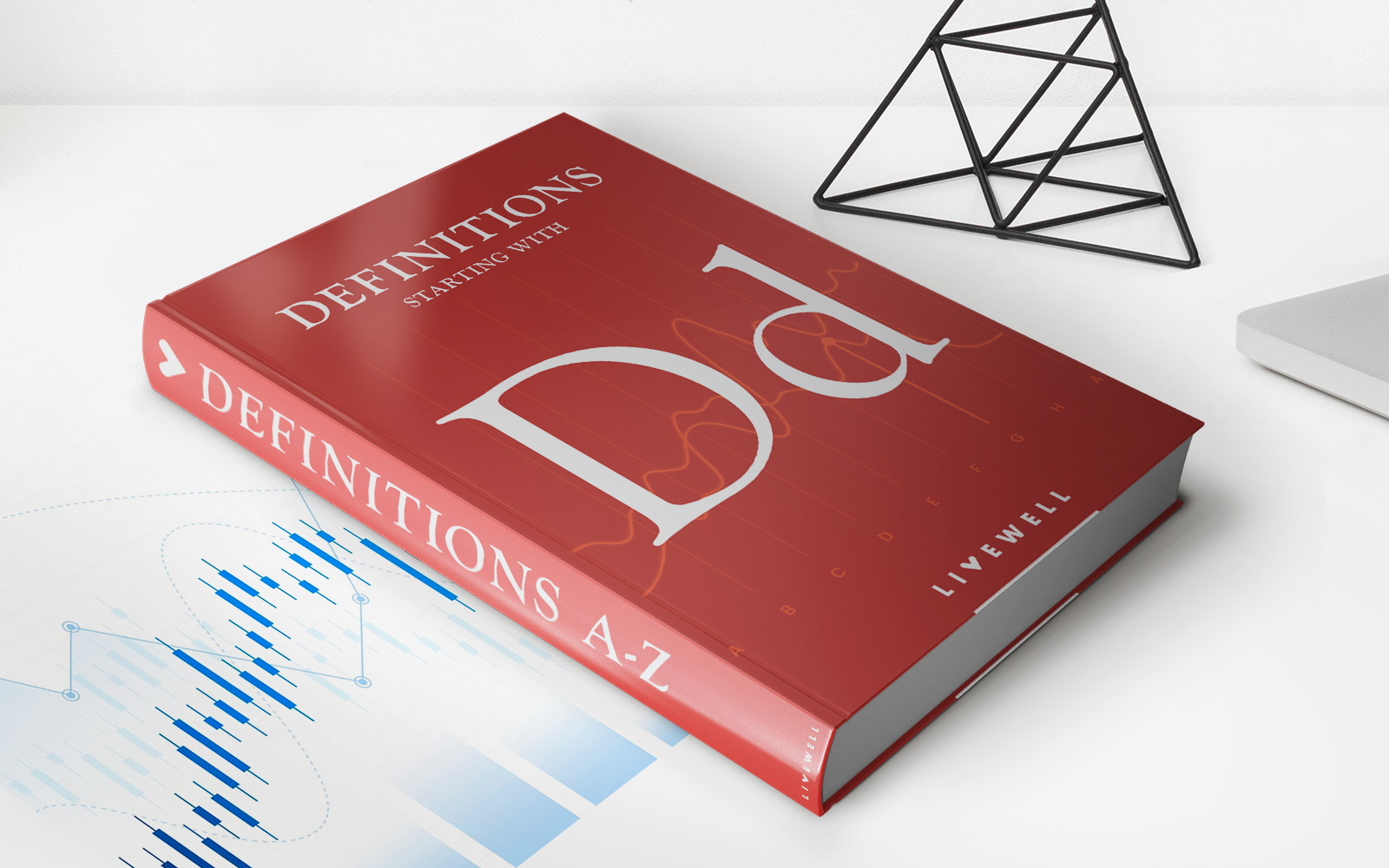

Finance
Dividend Drag: Definition, Causes, And Examples
Published: November 13, 2023
Learn about dividend drag in finance, including its definition, causes, and examples. Discover how this phenomenon impacts investment returns and strategies.
(Many of the links in this article redirect to a specific reviewed product. Your purchase of these products through affiliate links helps to generate commission for LiveWell, at no extra cost. Learn more)
The Dividend Drag: Definition, Causes, and Examples
Finance is an incredibly vast and diverse field, and one particular concept that often comes up in discussions is the idea of dividend drag. But what exactly is dividend drag? In this blog post, we will dive deep into the definition of dividend drag, explore its causes, and provide some examples to help you understand this complex financial phenomenon.
Key Takeaways:
- Dividend drag occurs when an investor’s overall returns are negatively impacted by the payment of dividends.
- This phenomenon mainly affects long-term investors who reinvest dividends to create wealth.
What is Dividend Drag?
To comprehend the concept of dividend drag, let’s start by understanding the basics of dividends. Dividends are typically periodic cash distributions made by a company to its shareholders, representing a portion of the company’s profits. For many investors, especially those focused on long-term wealth generation, dividends play a crucial role.
However, dividend drag refers to a situation where the payment of dividends ends up reducing an investor’s total returns. This occurs primarily when dividends are reinvested back into the same stock or fund. While it may seem counterintuitive, dividend drag can actually hinder wealth accumulation in certain cases.
Causes of Dividend Drag
Several factors contribute to dividend drag, including:
- Opportunity Cost: Dividends received and immediately reinvested may miss out on higher-growth investment options, resulting in lost potential returns.
- Taxes: Dividend payments are often subject to taxation, which can eat into an investor’s overall returns.
- Transaction Fees: Regularly reinvesting dividends incurs additional transaction costs, reducing the overall return on investment.
Combined, these factors can erode the potential benefits of dividend earnings and create a drag on an investor’s portfolio performance. While dividends can provide stability and income for some investors, others may find that dividend drag slows down their wealth-building efforts.
Examples of Dividend Drag
To illustrate the concept further, let’s consider a couple of examples:
Example 1:
Investor A holds shares in a dividend-paying company and reinvests the dividends back into the same company. However, that company’s stock experiences limited growth over time. Even though Investor A receives regular dividend payments, the reinvestment results in a lower overall return compared to if the dividends were invested in a different, higher-growth stock.
Example 2:
Investor B diligently reinvests dividends from a diversified dividend-focused portfolio. However, due to taxes and transaction fees associated with regular reinvestments, the final returns achieved are lower than expected. In this case, the dividend drag ends up reducing the effectiveness of dividend-based wealth creation.
In Conclusion
While dividends can be an attractive feature for many investors, it’s important to be aware of the potential drag they can create on overall portfolio performance. Dividend drag mainly affects long-term investors who continuously reinvest their dividends to generate wealth. By considering the opportunity cost, taxes, and transaction fees, investors can better evaluate the impact of dividends on their investment strategy and make informed decisions to maximize their returns.


